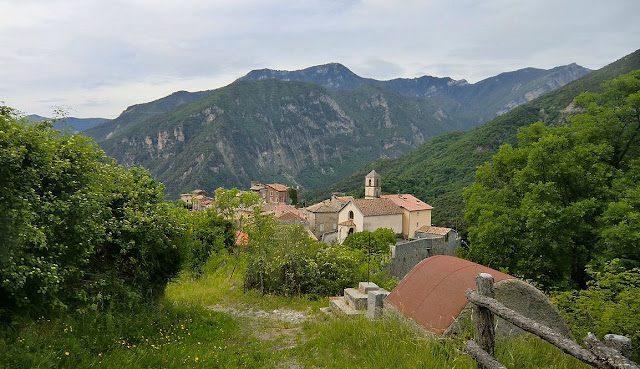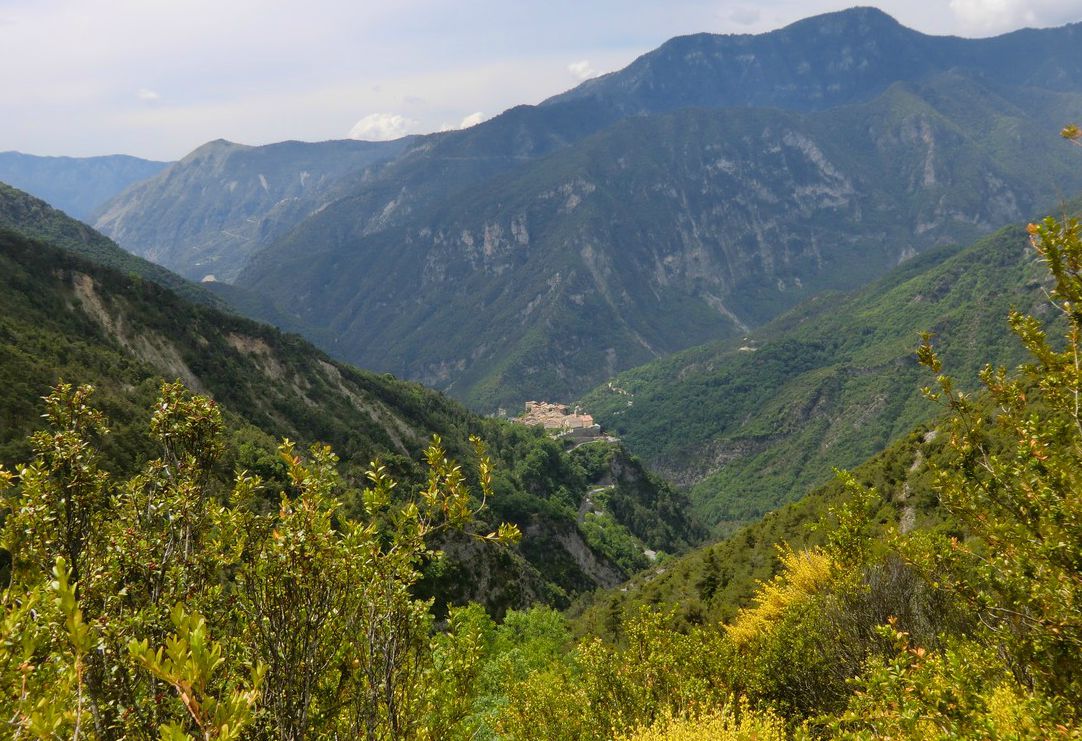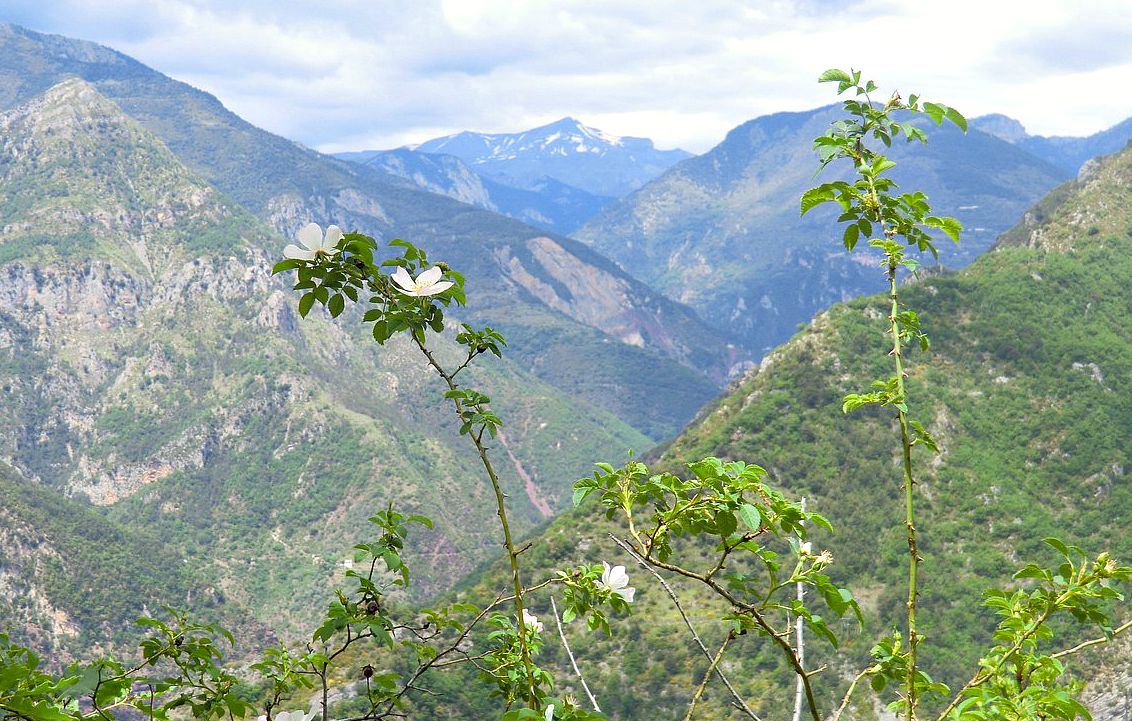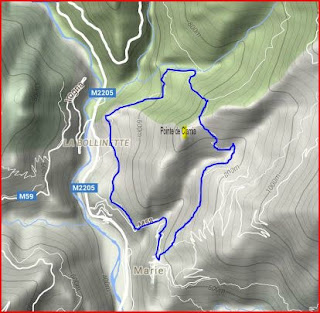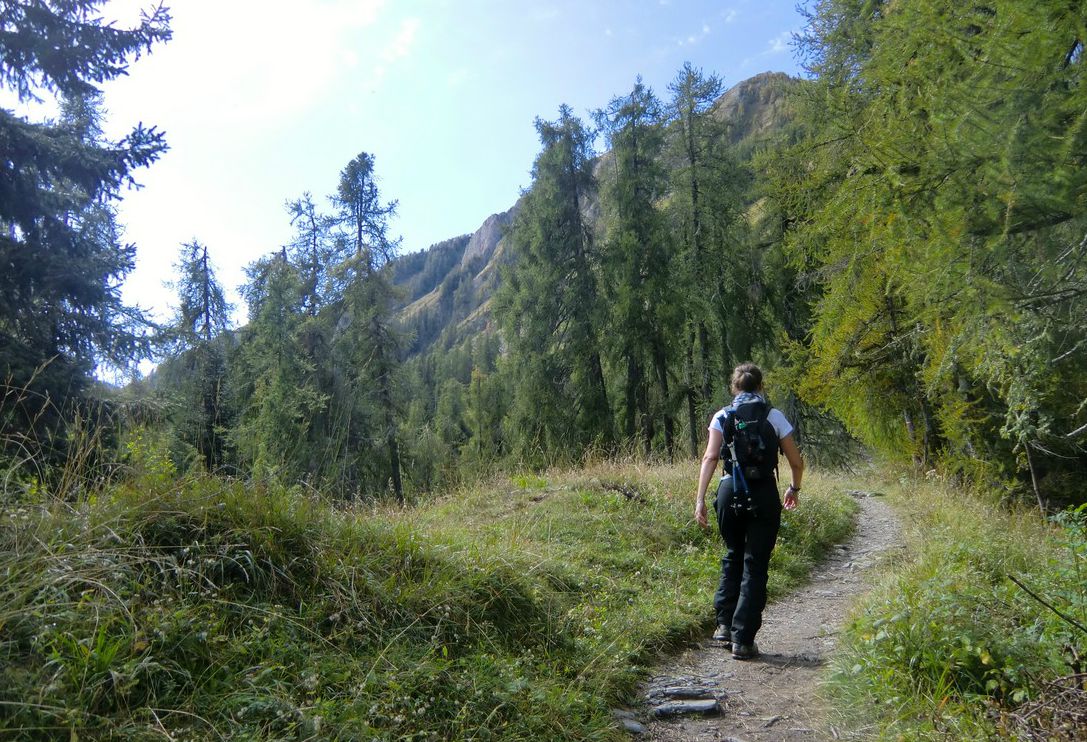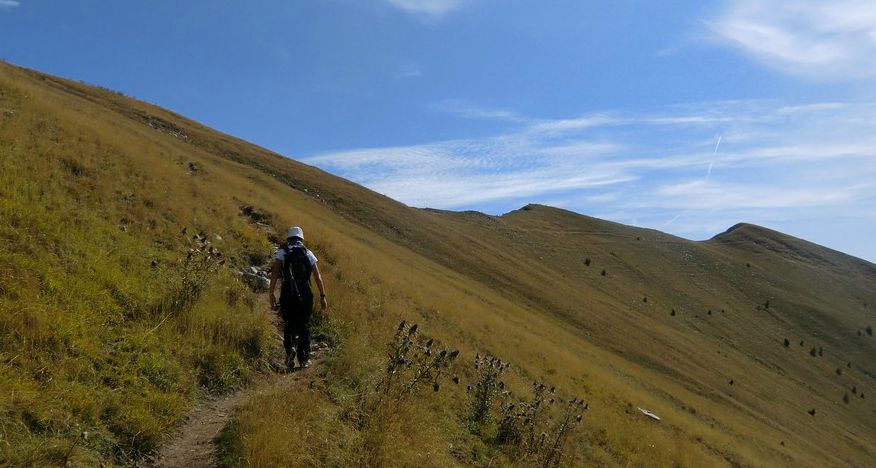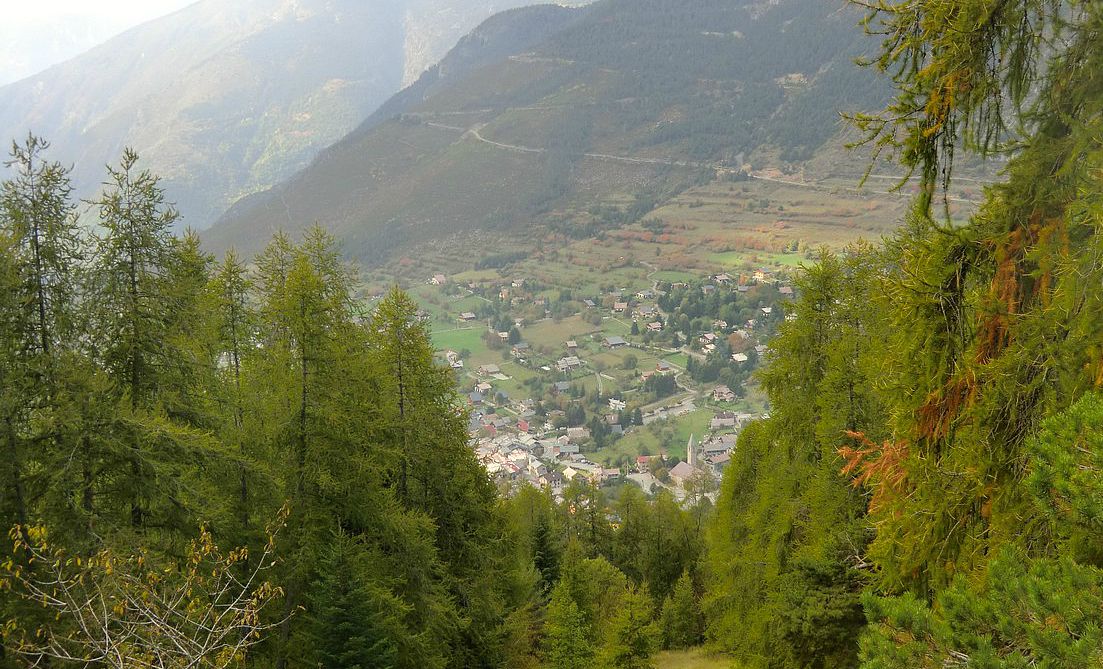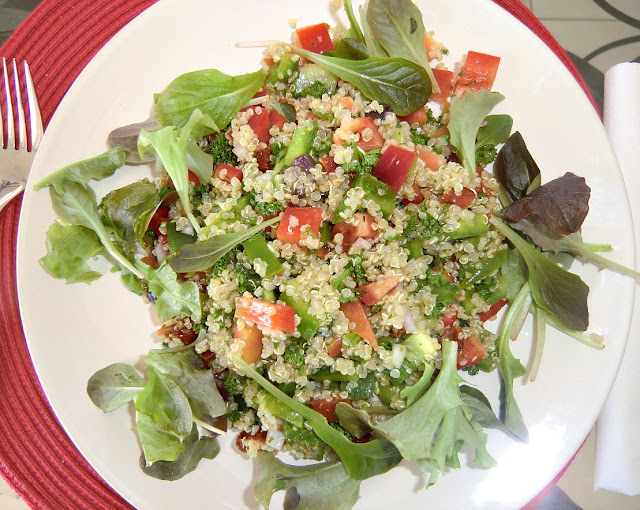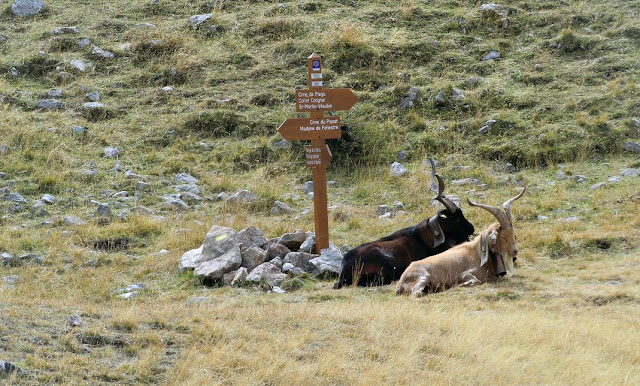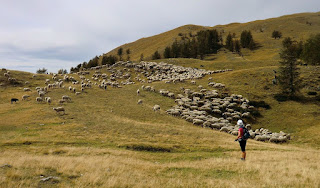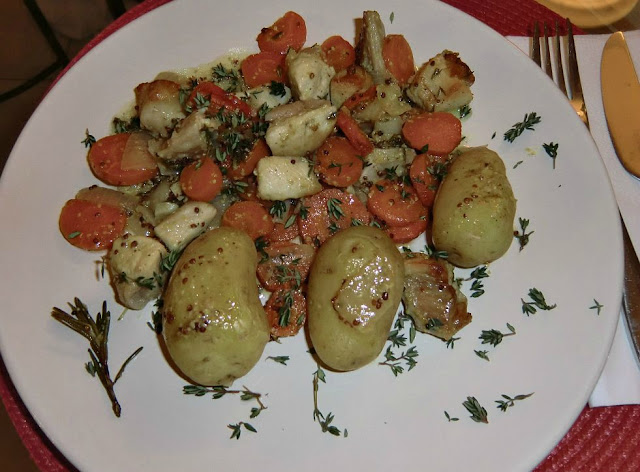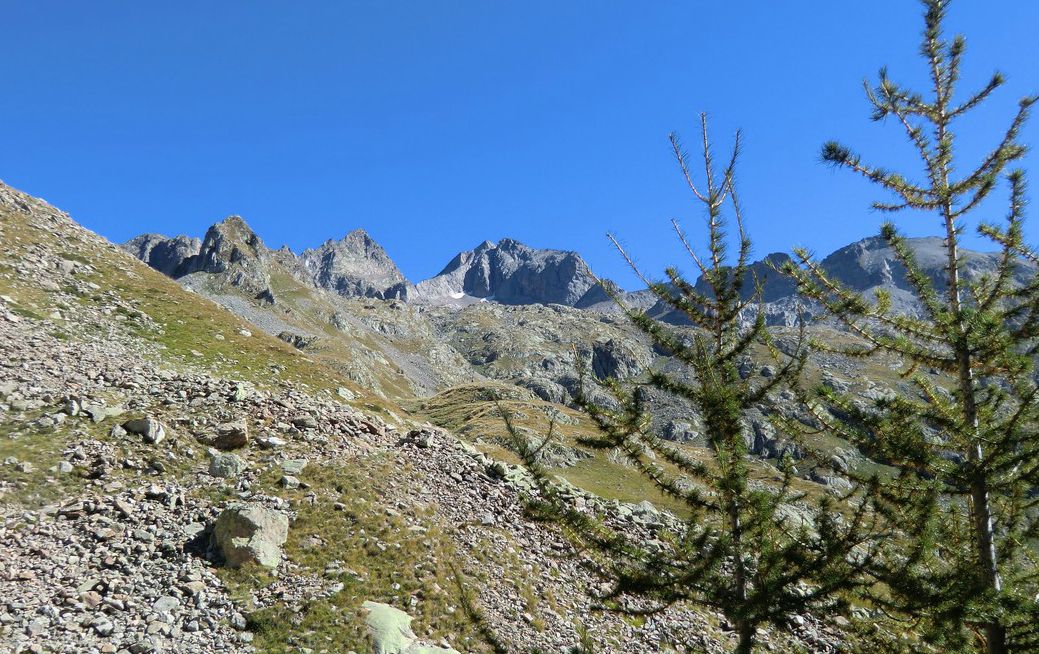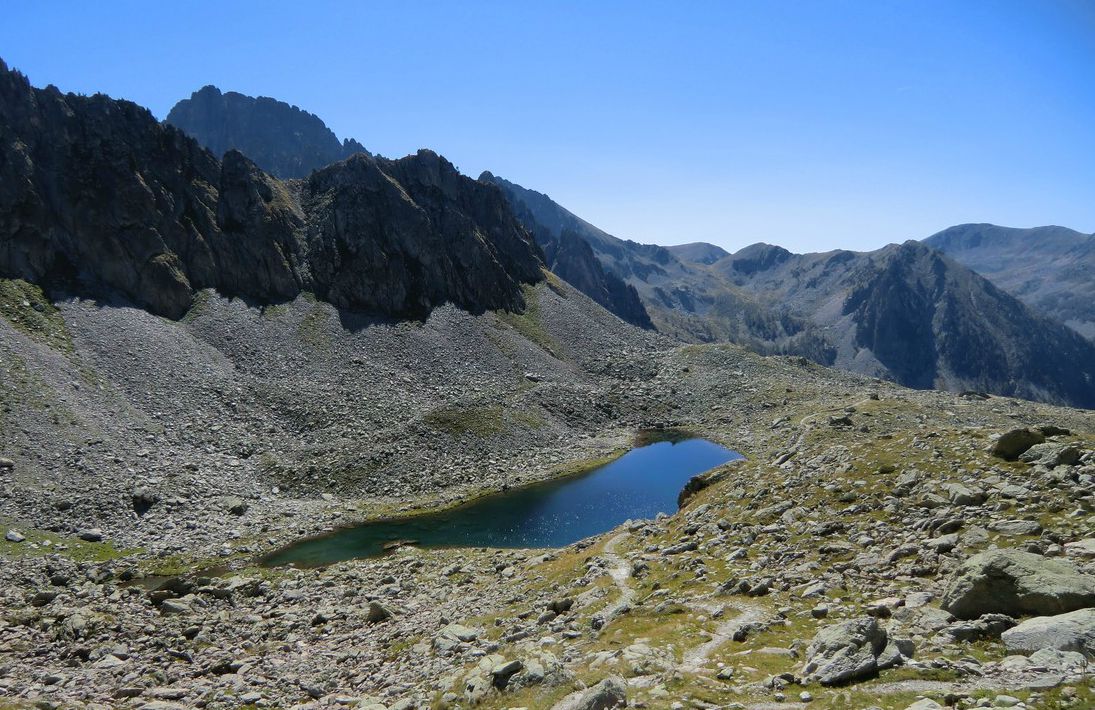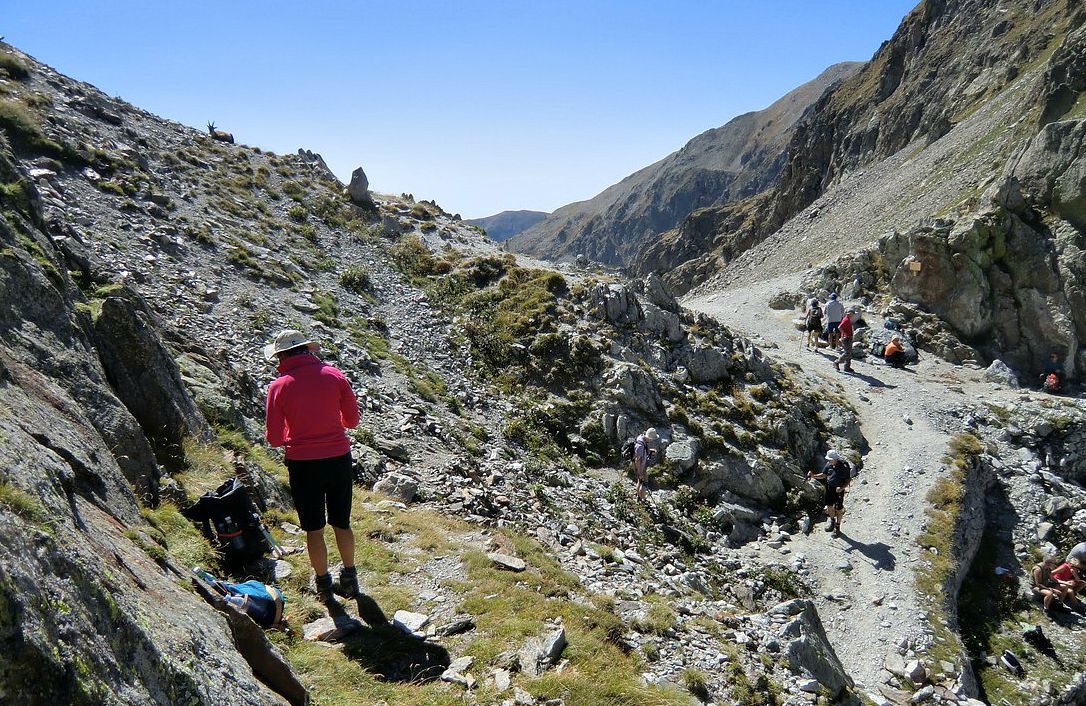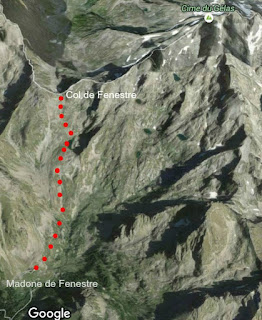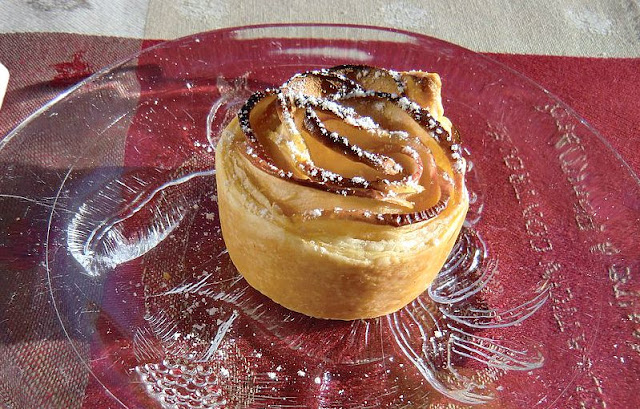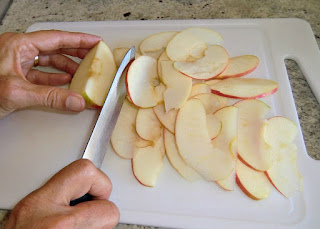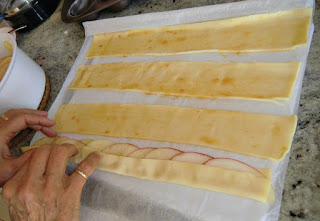Frittata recipe with ham, spinach and green beans
Frittata is an egg-based dish similar to an omelet. The word frittata is Italian and means fried. Frittatas are cooked in a cast iron pan or ovenproof skillet because they are started on the stovetop and then finished in the oven.
Various vegetables, cheeses and meats can be added to frittatas. They make a nice lunch or a simple dinner
In my frittata, I prefer spinach, onion, green beans and a dash of garlic which I think go very well with eggs. But you can choose what you prefer or find in the pantry. In the South of France they make an egg-dish with truffles during the truffle season.
4 servings
2 tbsp olive oil
2 tbsp butter
1 onion, chopped
1 clove garlic, minced
About 250 g / 9 oz green beans, chopped
About 2 handfulls baby spinach
About 250 g / 9 oz ham, chopped
About 110 g / 4 oz shredded mozzarella
12 free-range eggs
Freshly ground black pepper
Minced basil or parsley to decorate
Preheat the oven to 200⁰ C / 400⁰ F.
Over medium heat, warm the olive oil and butter in an ovenproof skillet. Sauté the chopped onion, green beans and minced garlic for about 10 minutes until softened. Add the chopped ham in the skillet and place the spinach on top of the ham. Whisk the eggs with black pepper. Add the mozzarella to the eggs and mix. Pour this mixture on top of the spinach.
Transfer the skillet in the oven and bake for about 25 minutes until the eggs have set. Slice the frittata into four wedges and transfer on the plates. Decorate with parsley or basil.











